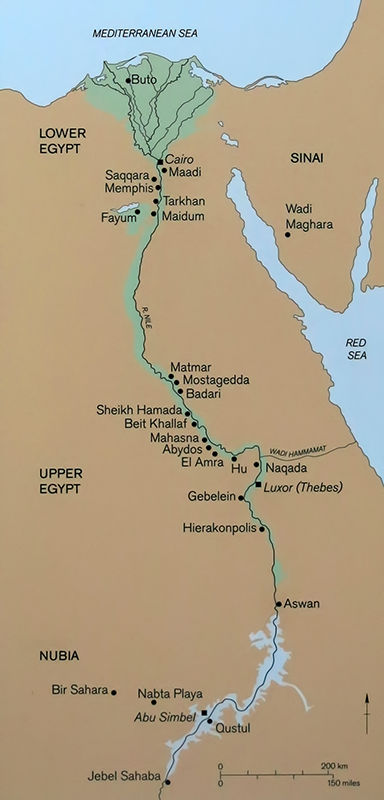
### New Research Illuminates Dinosaurs’ Gradual Ascendancy to Dominance
A groundbreaking study, released in the journal *Nature*, has unveiled remarkable insights into the gradual emergence of dinosaurs as the dominant terrestrial creatures of the Mesozoic Era. By scrutinizing over 500 fossilized excrement, bite marks, and remnants of food throughout a 30-million-year period, global researchers have mapped a comprehensive, multi-stage trajectory of dinosaur evolution. This pioneering research, spearheaded by Dr. Martin Qvarnström from Uppsala University and Dr. Grzegorz Niedźwiedzki from Warsaw University, presents crucial evidence that questions long-standing beliefs regarding the dinosaurs’ ascent to supremacy.
### Fossil Evidence from Poland Unveils a Rich Prehistoric Narrative
The research focused on Poland’s remarkable fossil deposits, which held preserved artifacts from the Late Triassic to Early Jurassic epochs (230 to 200 million years ago). Leveraging advanced synchrotron imaging technology, the team analyzed fossilized feces, or coprolites, to investigate the remains of plants and animals that constituted the diet of dinosaurs. This non-invasive technique uncovered astonishingly detailed inner structures, including well-preserved beetles, fish bones, and a variety of plant fragments.
The results delineate a gradual evolution across five distinct phases, illustrating how dinosaurs developed new feeding behaviors, ecological roles, and physical adaptations to gain dominance in ancient ecosystems.
### The Five Stages of Dinosaur Evolution
The research delineated the following significant evolutionary milestones in the ascent of dinosaurs:
1. **Omnivorous Origins (230 Million Years Ago)**
Early relatives of dinosaurs were small, adaptable omnivores that consumed both plant material and animal matter.
2. **Predatory Innovators**
A new cohort of predatory dinosaurs appeared, specializing in the hunting of other animals, indicating a significant ecological transition.
3. **Nutritional Diversification**
Carnivorous species saw further diversification, as the first plant-eating dinosaurs, referred to as ornithischians, made their debut.
4. **Gigantic Herbivores**
The emergence of sauropodomorphs, large herbivorous dinosaurs, marked a new stage of ecological mastery, as they flourished by consuming extensive amounts of vegetation.
5. **A Surge in Variety**
Ultimately, an evolutionary boom resulted in both dietary specialization and geographic expansion, securing dinosaurs as the preeminent terrestrial animals on Earth.
### Charcoal in Dinosaur Diets: An Unexpected Adaptation
An intriguing finding within the droppings of primitive sauropod dinosaurs was the presence of charcoal, along with remains of tree ferns and other flora. The researchers suggest that these dinosaurs might have ingested charcoal to neutralize toxins in their plant-based diets. This behavior resembles traits observed in certain modern animals that use charcoal for natural detoxification, highlighting the resourcefulness of early herbivorous dinosaurs in navigating challenging habitats.
### Climate Change: An Instigator, Not Merely a Hindrance
The study emphasizes the essential influence of environmental shifts on the evolutionary path of dinosaurs. Throughout this 30-million-year timeline, the area now known as Poland transitioned from a dry, desert-like setting to a warm, humid climate as the supercontinent Pangea drifted northward. This shift encouraged the proliferation of new plant species, providing fresh food resources specifically suited to the dinosaurs’ needs.
The researchers contend that adaptability to these environmental transformations—not merely interspecies competition—was a pivotal element of dinosaurs’ success. By developing flexible dietary habits and capitalizing on ecological opportunities, they managed to flourish and outlast other ancient reptile groups.
### Insights for Contemporary Climate Change
While the study showcases the incredible resilience and adaptability of ancient ecosystems, it also serves as a stark reminder of the pressing challenges presented by today’s climate change crisis. Just as fluctuating environments shaped life during the Triassic and Jurassic epochs, modern species confront significant shifts that jeopardize their existence. Through the examination of these prehistoric ecosystems, scientists aim to gain further insights into how life can adjust to environmental turmoil.
“Regrettably, climate change and mass extinctions are not solely a historical concern,” remarks Dr. Qvarnström. “By exploring past ecosystems, we enhance our understanding of how life adapts and flourishes amidst changing environmental factors.”
### Conclusion
The emergence of dinosaurs as dominant creatures was far from a rapid transformation—it was a gradual, complex journey grounded in adaptability, environmental opportunity, and evolutionary ingenuity. From small omnivores to colossal sauropods, dinosaurs took advantage of evolving ecosystems and varied food sources, progressively securing their position as Earth’s rulers for more than 160 million years. With revelations from ancient coprolites and innovative technology, this study redefines our perception of evolutionary success and resilience in the face of fluctuating climates—a narrative that resonates profoundly in today’s context.
—
### Glossary
– **Coprolite**: Fossilized dung that preserves evidence of ancient organisms.